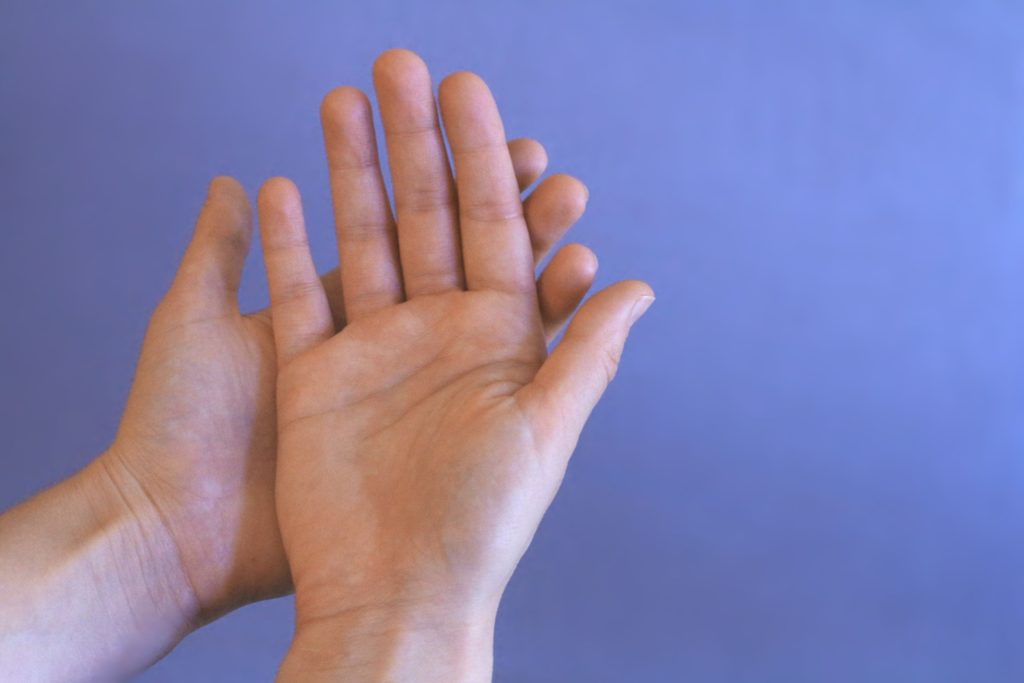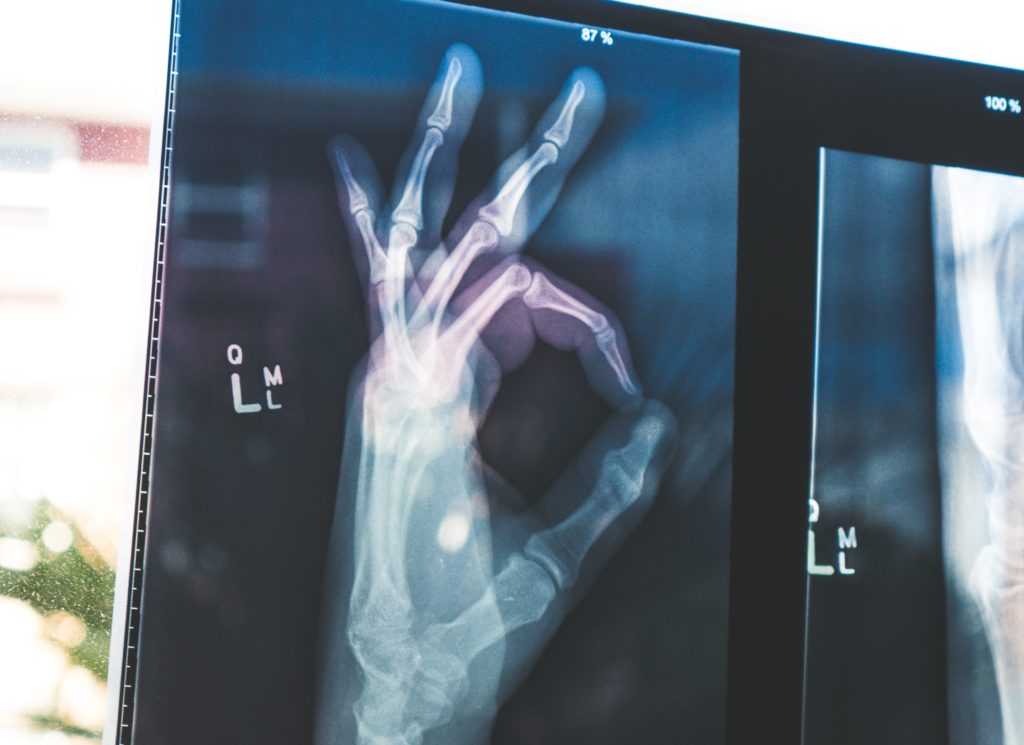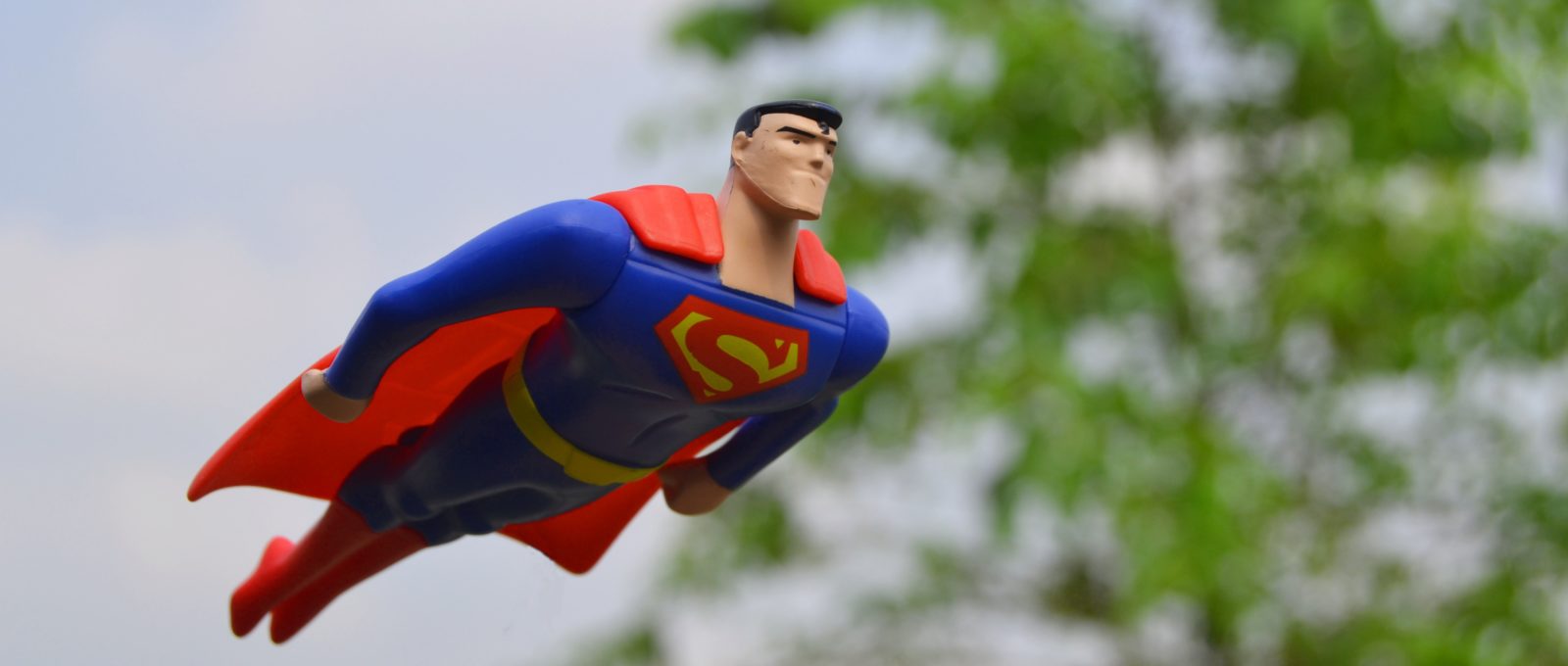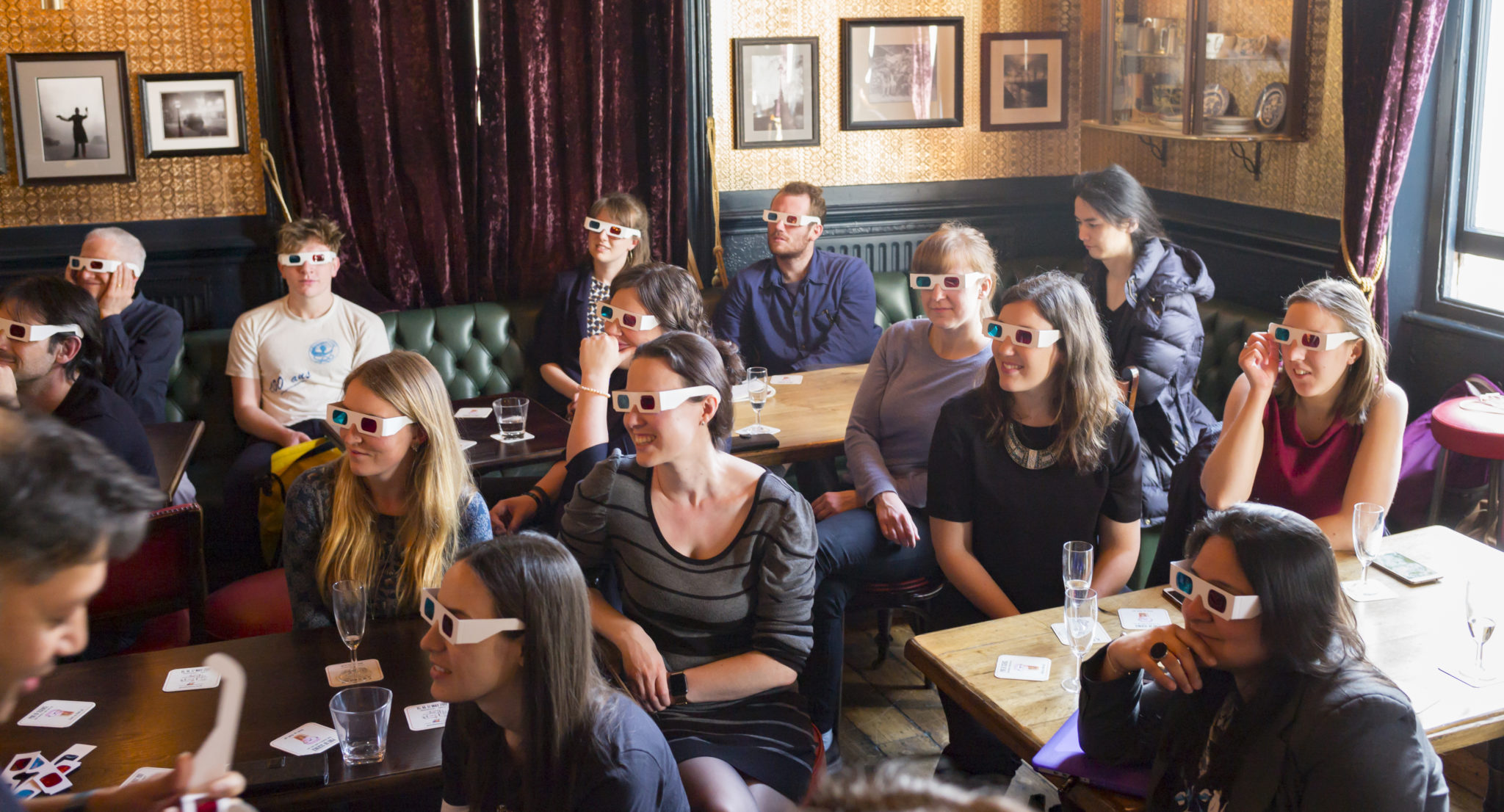Presenting your results with self-confidence is something most PhD candidates are struggling with. I was no different – and most probably, you are neither. I’ve got good news for you: I got over it and so will you. Learn in this article how to become more confident when giving presentations.
It took me my whole PhD to overcome my self-consciousness when presenting. For many of my early talks, I would be on stage, racing through my slides and sweating waterfalls (that is when I truly appreciated the invention of the blazer).
Fast forward 3.5 years: The day of my PhD defense. I was not afraid anymore. I was high on adrenaline, but I was not scared. I was confident in what I knew and I couldn’t wait to prove it to the jury and a room full of spectators. This shift in mindset took me the largest part of my PhD to achieve and made me a more open, more confident person. Here are my thoughts and hacks on how you can get there too.
Beat your nervousness
The uncomfortable feeling you get in your stomach before a presentation tells you one thing: You are afraid of what might happen. You being afraid of performing badly at your presentation is a self-fulfilling prophecy. The more you obsess over it, the more self-conscious you will get, the more likely it is that you will have a hard time.
Getting more confident when giving presentations will only happen if you are able to escape this loop of negative thoughts. This won’t happen overnight. It is a long process and might take you years. However, every time you work on it, it will get a little bit easier.
1. The basics
You might feel uneasy about your upcoming presentation because you think you or your work are not good enough. To set things in perspective, let’s go over a few basic truths.
You are here for a reason.
You got your PhD position because someone saw your potential. If you feel incompetent or out of place, remind yourself: You doing this research, this PhD, is not a coincidence. Someone saw that you had what it takes to do it. Even if you are not always convinced of it – you are doing just fine.
You don’t need to be perfect.
The whole institution of a PhD is set into place so that you can figure out how research works while making your mistakes under supervision. Allow yourself to make mistakes in your thinking, in your experiments, in your presentations. You don’t need to be perfect. The people in your audience, even the most experienced ones, have not fully figured out science either.
You make mistakes like everyone else.
If you have already made mistakes – great! Consider to mention them in your presentation. Talking about mistakes or negative results shows that you are approachable. It shows that you have the strength to see where you went wrong and learn from it. More than that, if you admit to your own mistakes, you are battling the unrealistic expectation of perfection that many researchers struggle with. Who knows, maybe in your audience there will sit other PhD students, deeply insecure about their own shortcomings. Maybe instead of questioning yourself all the time, you will become a speaker to empower others.


2. You only learn how to take a shower if you actually take a shower.
Same goes for presentations. You will not get better at your presentations if you obsess about them quietly in your office. You only get better by practice, by figuring out what works and what doesn’t. Therefore: Take every opportunity you can to give a talk. When applying for a conference, always apply for a presentation slot and not for a poster presentation, no matter how scared this makes you feel. Give presentations about your newest results to your collaborators. Do practice talks in front of your friends or colleagues before each big presentation. Ask them for their honest feedback.


If there are not many talking opportunities around, get creative. Become a tutor in an undergrad class. Try to do science slams or lab tours for the public. We collected a few fun opportunities for you to practice in this short article.
Aim at giving a long talk about your research at least twice every year. If you take on every possible presentation challenge, you can only get better.
3. Let your body guide the way
Your body and brain are intertwined in a feedback loop. It goes somewhat like this: Your body is hardwired to react intuitively to threatening situations. Your brain registers and interprets your body symptoms. When the brain sees your palms sweating and your heart racing, it concludes: DANGER. You get nervous. You lose focus. You start fucking up your presentation.
Lucky for us, our brains are fools. You can turn the feedback loop around, so that your body provides you with confidence and peace of mind during the presentation. Here are two small exercises to do this.
The power pose
I first heard about this method in a TED talk by social psychologist Amy Cuddy and have since used it for every presentation and every job interview or otherwise scary situation – because it works so damn well.
Just before you give your presentation, go to a place where you are all by yourself. Bathrooms work great for this. Get into a superman pose: Stand straight up, put your arms on your waist, spread your legs, put your chest out, stretch your back, raise your head. Stand like this for a minute or two. With every breath you take, you will feel more and more like a superhero.
You will gain real confidence that will immediately show when you walk back into that room to give your talk. When you feel that you are getting nervous during the presentation, put one hand up on your waist again and let the confidence come back. It works! Learn about the science behind this and on other options of power poses by Amy Cuddy herself:
The calming gesture
This body exercise is for you if you tend to get anxious while giving a talk. I am very thankful to Steve Weir for teaching it to me during one of his workshops on effective presenting.
This method requires a bit of preparation: About two weeks before your talk, chose a hand gesture that you could easily and casually adapt while presenting. For me, this gesture is lying the back side of my right hand into the front side of my left hand, and holding both close to my body.


During the next two weeks, you charge your gesture with positivity and calmness. Whenever you are out in the sun, eating ice cream, reading in the park – whenever doing anything that makes you feel happy and easy – adopt your gesture and keep on enjoying the moment for a little bit. By repeating this often enough, your brain will associate this pose with a relaxed, positive feeling. Use your gesture when you feel that anxiety or nervousness overcome you during your presentation – it will instantly calm you down.
4. Reinterpret your nervous symptoms
This trick was an absolute game changer for me and the reason why my PhD defense went down so smoothly. It is simple and it works. This is how: When you perceive body symptoms that you would usually link to nervousness (racing heartbeat, fast and flat breathing, sweaty hands, sleeplessness, dry mouth, etc.), reinterpret them for positive excitement.
The giddy feeling the night before your birthday, the impatience for your vacation to start, the few seconds before you kiss someone for the first time – excitement expresses the same body symptoms as nervousness. Think: “My heart is racing because I’m excited, not because I’m scared. I can’t wait to show them my progress.” This will feel weird in the beginning, because the rational part of you knows very well that you are trying to trick yourself. However, if you stick with it and consistently exchange any thought of fear for excitement, it will not take long before you are full-heartedly convinced of it.


The night before my defense, I was so nervous that I felt physically sick. I rehearsed my presentation one last time, took a shower and made an active effort of reinterpreting my body. “All of these symptoms are a sign that I am excited to finally show them what I know.” After one hour of this, I went to bed – impatient, because I couldn’t wait to get started. When I got up the next morning, I jumped out of bed, put on my fancy outfit and walked to university with a racing heart and a big, fat smile on my face.
If you want to learn more about this method and the neuropsychology of stressful situations, I recommend you reading “The Stress Test” by Ian Robertson who taught me this gem.
5. Embrace (the rest of) your nervousness
No matter how well the methods above work for you, chances are you might still feel a bit nervous just before your presentation. If so, embrace it!


Make nervousness and stage fright your allies, not your enemies. Professional performers SEEK OUT nervousness by trying out new and scary things in their routine shows, because this gives them INTENSITY. Perceive your nervousness as rocket fuel for your presentation. Evolutionary speaking, this is exactly what it is: an activation of energy resources to win a fight. Nervousness makes sure there is plenty of adrenaline in you, so that you are sharp and may react quickly to anything that might happen. It makes you more present in the moment. If you welcome your nervousness instead of fighting it, it will give you the extra energy you need to do an enthusiastic and active presentation – one that is so lively that, other than most boring conference talks, people will remember.
Did you try out one of the above techniques? How did it work? What are your tricks to beat nervousness in presentations? Share your hacks for everyone in the comment section.
Think of your friends, too – who of them could benefit from this article? Help someone out by sharing the article through the social media buttons on the left.



Leave a Comment